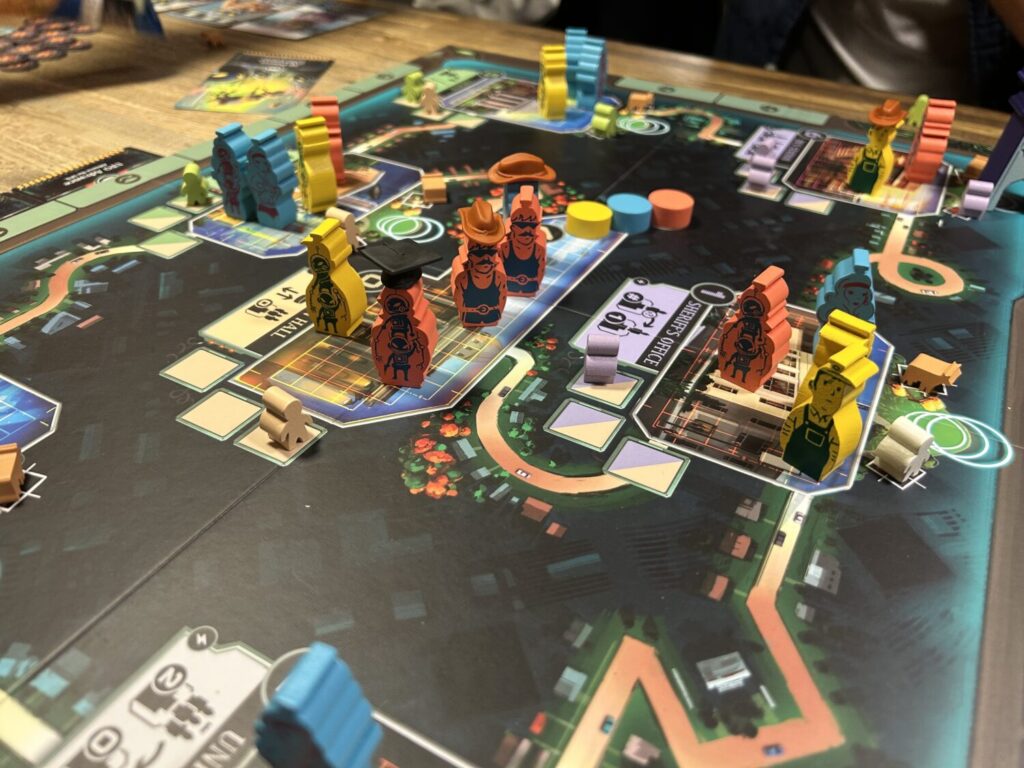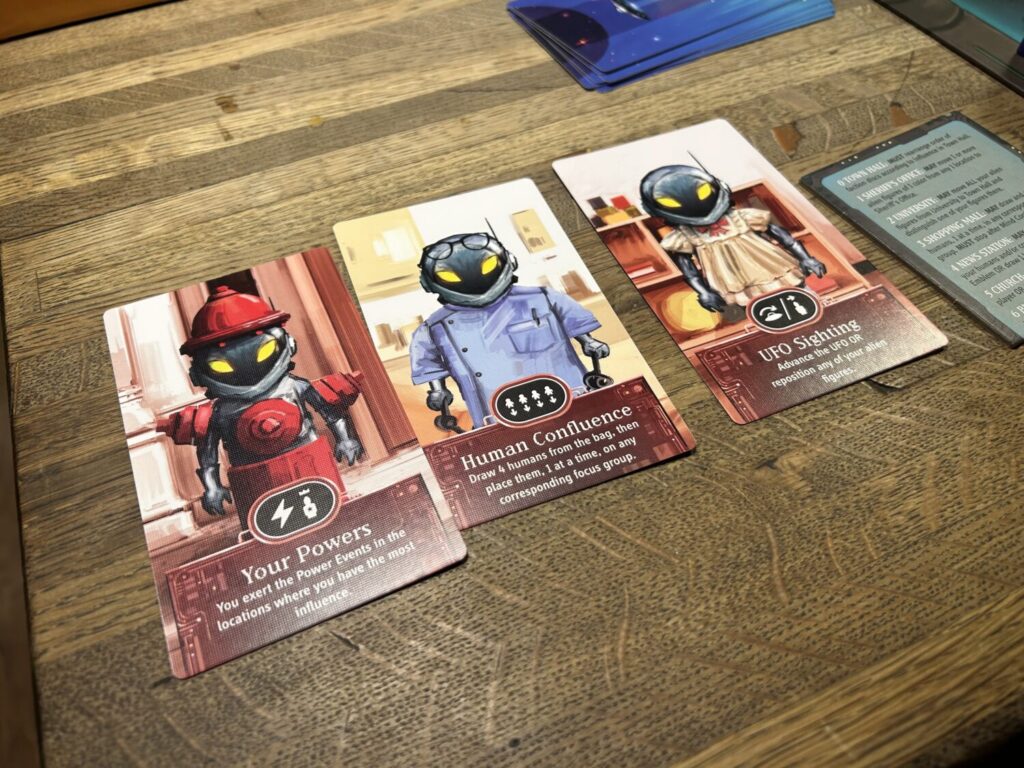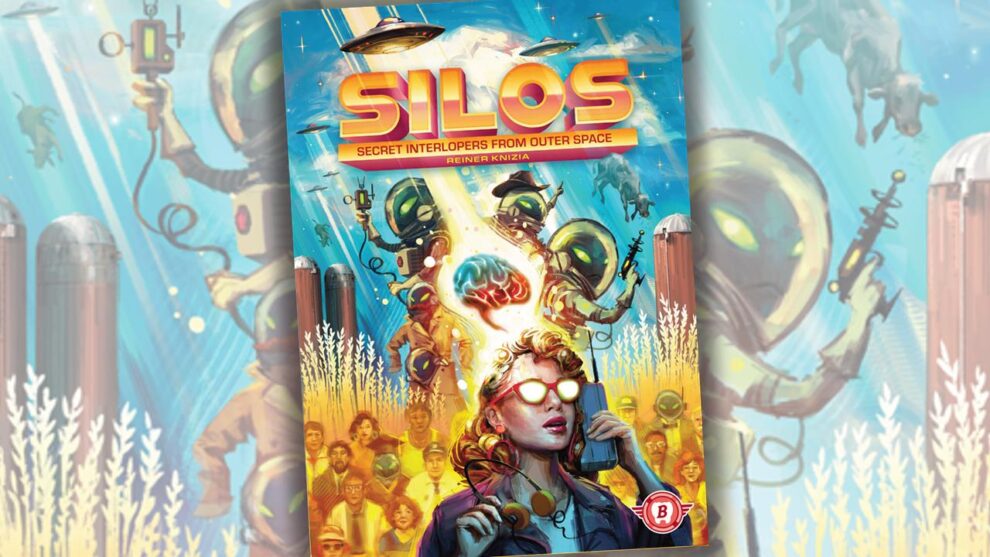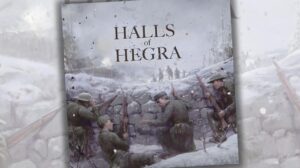Disclosure: Meeple Mountain received a free copy of this product in exchange for an honest, unbiased review. This review is not intended to be an endorsement.
Not every board game needs a new printing. We all have our favorite niche games, our cherished lost classics, our Oasis or Blue Moon, but it’s often better for them to stay in the shadows where they can remain under-appreciated gems. They often don’t hold up under the spotlight in the way you’d want them to under. I learned this lesson the hard way with EGO, the new Bitewing Games edition of Beowulf: The Legend.
But every now and then, you play something like SILOS, Bitewing’s excellent update of Reiner Knizia’s 2008 release Municipium, and you understand why people keep trying. I, like most people, have never played Municipium. Several years ago, I did find a dusty copy of it on the lowest shelf of an obscure bookcase in a game store in Manhattan, where it had likely been since publication, but that’s as close as I’ve gotten. Even for an obscure Knizia classic, of which there are many, Municipium is a deep pull.
Turns out it’s also a good pull. Nay, a great one. SILOS, which moves the action from Ancient Rome to alien-infested modernity, is terrific, a tactical area control game that brims with tension and uncertainty.

Abduction
I owe the conspiracy theorists an apology. It would seem they were right all along. The aliens really are among us. They watch us at the News Station, and the Sheriff’s Office, at the Shopping Mall and the Church. They’re hard to spot. They look just like us, after all, wearing our skins like suits. But they’re hardly benign. They’re abducting us, taking us for their experiments.
Every turn, you move one or two of your aliens around the board, always to adjacent locations, then either use one of your powerful player cards or reveal and resolve the top card of the deck. You move your aliens with an eye towards developing majorities. When locations are activated by cards, as they often are, the player with the majority in that location reaps the benefit.
You score points by collecting sets of four different people. Unlike many real-life human scientists, you seem to be concerned about amassing a diverse data set. Every time you manage to collect a new set of four humans, one in each color, they immediately turn into a Societal Power Emblem. The winner is the first to five.
The game does a great job of steering player focus. The UFO token moves from location to location, indicating the next space in which Humans will be abducted. This creates a good sense of shifting priorities. You can’t let yourself get bogged down in one spot. It’ll do you remarkably little good. Over the course of these 45 minutes, humans get abducted. Aliens get moved around. Player order gets rearranged. It quickly becomes apparent, especially at three or four players, that SILOS is a profoundly tactical game. Noticing a chink in the armor and slipping in the blade will get you much further than trying to plan ahead.

Back to Earth
I want to spend some time praising to high heaven the production on SILOS. Bitewing generally do a great job with production, but SILOS is something else. The wooden alien figures are boldly colored and wonderfully illustrated, with human figures screenprinted on one side and aliens on the other. And they have hats. The art on the board is eye-catching without being busy. The massive UFO token looks great. The Cow meeples serve as wilds in your sets of Humans, a wonderful touch. The card art from Kwanchai Moriya is gorgeous, evocative of 1950s science fiction paperbacks. This game looks as great as it plays.
The trio of sci-fi Knizia games released by Bitewing have been a bit of a mixed bag. I didn’t care for ORBIT, and EGO made me realize one of my favorite games only barely works. But SILOS? Boy. SILOS is worth the whole experiment. What an excellent game. What a joy to have Municipium back in print. Maybe I was wrong. Keep plumbing the depths of those obscure bookcases. They may not all hit, but every now and then you find a real treasure.











